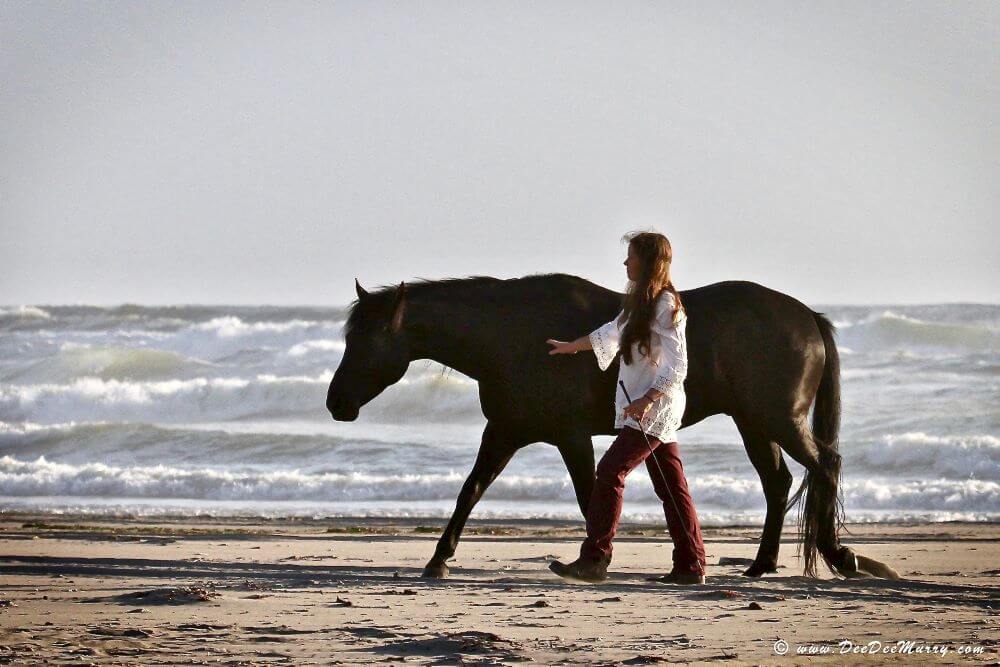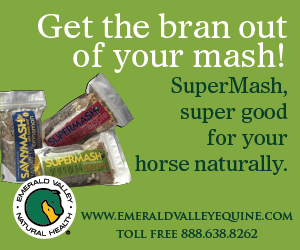Ask the Expert — Donna Kelleher
By Donna Kelleher
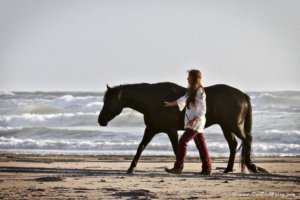
Imagine turning your horse loose on a wide-open beach with crashing waves, and he stays right with you.
Creating a bond with your horse has a lasting and valuable effect on your relationship. A horse bonded to you will stay with you no matter where he is and whether or not he has a halter on. He knows you will keep him safe and provide the resources he needs.
How do I build a bond with my horse?
Creating a solid bond takes a long time as it involves developing trust. As you work with your horse, move slowly and deliberately. Horses must always have room to get away from and reject you. Try not to stand still for very long as this is predatory.
With a fearful horse, act submissive and offer treats, asking very little from the horse at first. With a dominant horse, make sure to protect your space holding a whip in front of you if necessary, make him halt a few feet before treats. Feeding horses treats from a designated training bin will help ensure he does not go after your hand.
For a horse you don’t know, walk nearby, softly looking at the sky or whistling to yourself while you watch the horse’s behavior. If his muscles tense and his head rises when you are behind him, retreat and give him room. If you walk away from the horse, he should slowly walk behind you. Horses follow the leader.
If my horse follows me, is he bonded to me?
There’s a confusing distinction between a horse following a leader and a lead horse pushing a submissive horse or human. This gets people in trouble because they misread the horse’s intention.
You can tell the difference if you watch body language. A horse following a leader will have his head down, move slowly and methodically, following every step. But a horse trying to dominate will push from behind by hastily nudging or touching the person in front of him. If you think you are leading but your horse thinks he is pushing you, there will be trouble in paradise.
A horse should not touch you from behind; his demeanor should not be dominant. You can test this easily by stopping from beside or in front of him and judging his opinion. If his ears are softly forward, his nose bent towards you in a curious fashion as he waits patiently, all is well. But if he pushes you, has his ears back, forces you to move, stomps his feet, snorts or shakes his head, then this is a problem that may require professional help.
What more can I do to encourage my horse to bond to me?
A horse that is bonded to you will want to be with you whether you are slowly walking or have stopped. If you are in a field together, he may walk a few feet away to eat but won’t venture far. You can test the bond by walking away to see if he will follow you or be curious or concerned where you are going. His gaze should be soft, ears forward most of the time (especially when you are in front of him) and not have hurried steps, no worried or pushy body language.
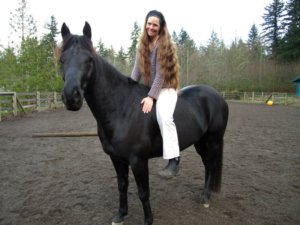
Occasionally, stop and “eat” together—pick him grass or scratch his withers; these are reminders that you are fair and have control over valuable skills that help him.
Some horses with minimal baggage will easily sign up to be with you. But others, scarred by bad training may be fearful of humans.
You might sit in a chair in one end of the paddock and read a book, indicating to the horse that you do not expect or demand anything from him. If he stands beside you, things are good, and the bond is forming. If he avoids you, softly walk up to him and give him a treat on the ground then retreat. This helps him create interest in you with no strings attached.
Eventually, perhaps, he can take a step or two with you for a cookie that’s been set somewhere else, like on the other side of the fence. Or see if he’ll back up one step to test whether he sees you as a leader. You can also stand in front of him to make sure his ears are forward as he looks at you, indicating his opinion of you.
Using these techniques, a bond will be formed between horse and human. Ideally, when there’s trouble, he will seek you out for safety. There is no better feeling than standing together in harmony; a feeling that will follow you into the saddle as well.
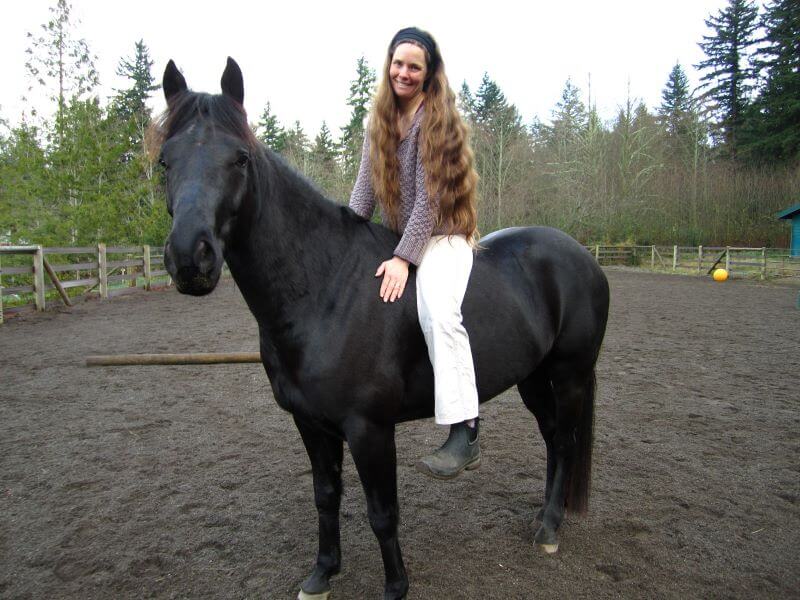
Donna Kelleher, DVM has been a holistic veterinarian and horse trainer for over 20 years. She loves to help people understand what they can do to unblock energy. For her dog and cat patients, she uses acupuncture, gentle chiropractic, herbs and homemade diets as keys to unlock optimum health. With horses, she encourages the horse to express himself and allow the free flow of energy. By allowing the horse to say no, you can often get to a better yes!
Learn more at www.freespirithorsetraining.com and www.nwholisticpetcare.com.


